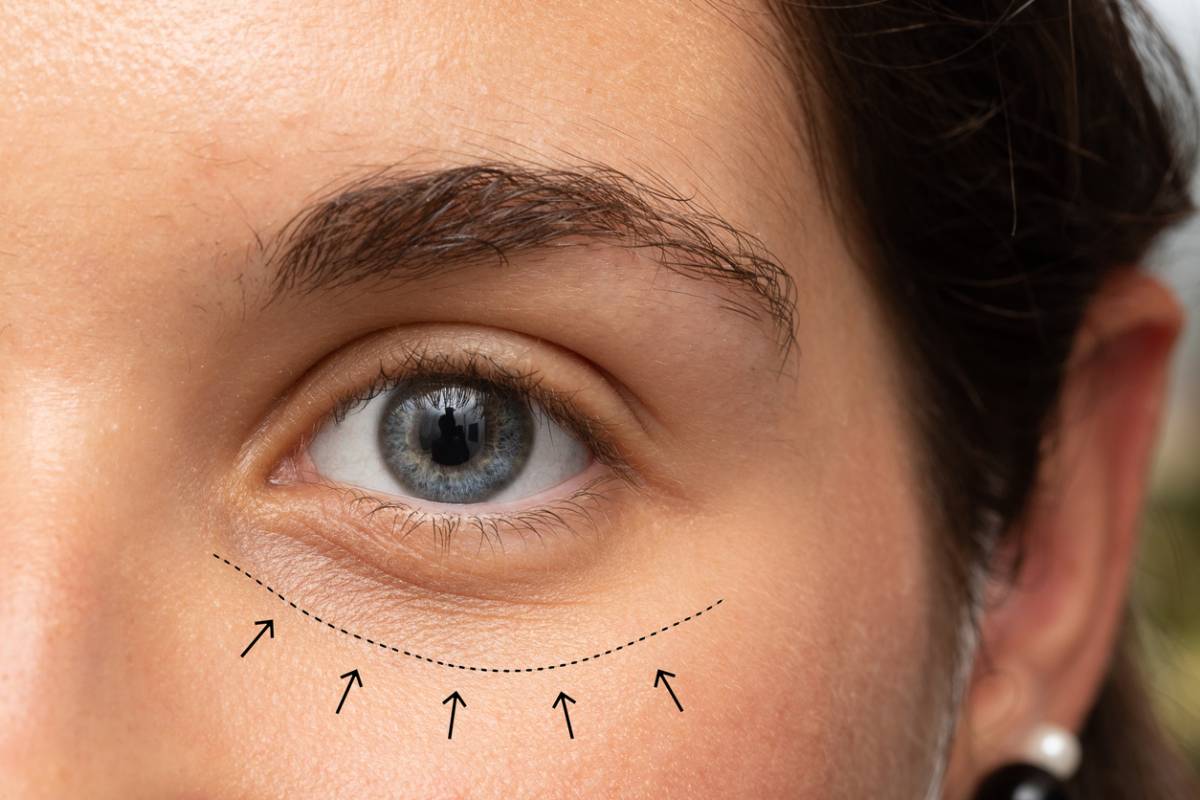Eyelid surgery offers cosmetic improvements to parts of the face damaged by aging skin and ailing health. If your upper eyelids are starting to droop, or your lower eyelids are getting puffy with excess skin, then this might be a recommended procedure for you. Eyelid surgery in Denver offers your face a total refresh, tightening skin and muscles that have gotten loose over the years. But can you drive home after eyelid surgery?
Can I Drive Home After Eyelid Surgery?
If you have never had eyelid surgery before, you likely have a lot of questions. What does eyelid surgery entail? How long is the recovery process? Can I drive home after eyelid surgery? Even if you have not experienced the long-lasting benefits of eyelid surgery, you can expect it to be like any other surgical procedure. Make sure you follow the below tips – as well as instructions from your surgeon – to guarantee the best results.
Preparing for Blepharoplasty
The first step in achieving a youthful look is to schedule a consultation with Dr. McCracken. During your meeting, you will be able to talk about your biggest cosmetic concerns. A variety of different treatment methods will be brought to your attention so you can understand just how many options are at your fingertips. Working together with the surgeon, you can decide what type of eyelid surgery works best for you.
There are two major types of eyelid surgery:
Upper Eyelid Surgery
Upper eyelid surgery focuses on sagging and drooping eyelids. If you have ever been shocked at the way your eyes look in the mirror, it might be because your lids are sagging further and further down. This usually happens as a result of aging or injury, and can be fixed with a lid lift that removes excess skin while tightening muscles.
Lower Eyelid Surgery
A lower blepharoplasty can be performed in tandem with an upper eyelid surgery as it is designed to bring symmetrical harmony to your face. Lower eyelid surgery is perfect for anyone with puffy under-eye bags, dark circles, or an excess of wrinkles under the eyes. Both upper and lower eyelid procedures involve the use of total anesthesia and very fine incisions that leave behind almost no visible scarring.
Recovery from Blepharoplasty
Before the day of your scheduled blepharoplasty procedure, you need to follow all instructions given to you by your surgeon. There are several steps you should take in order to be fully prepared. For example, you may be asked to refrain from using particular bath products on your face to avoid chemical infection. You will also be asked to fast up to 12 hours before your surgery.
During recovery, it is absolutely imperative that you have a friend or a family member with you for transportation. You cannot drive yourself home after eyelid surgery under any circumstances. No matter what kind of procedure you have undergone, any process that requires anesthesia makes you ineligible for driving for at least a few days.
Following Your Recovery Instructions
Your designated friend or family member should be available to take you home immediately following your surgery. For the first few days, you can expect a little bit of swelling. Any pain can be mitigated with over-the-counter painkillers or other prescribed medication.
You will want to be extra careful in the sunlight and use sunglasses to avoid UV damage. Are you experiencing any extreme symptoms? Or worried about how you are healing? You can get in touch with your surgeon at any time.
Taking Care of Yourself After Eyelid Surgery
The days and weeks following your in-office surgery date should be filled with relaxation. You must take 1–2 weeks off of work. This gives you ample time to recover without stress interfering with your results. Your exact recovery trajectory will depend on the concerns you are trying to address and what surgical techniques will be used during treatment. The best way to speed up the healing process while boosting results is to take care of yourself while at home.
Rest your eyes as much as you can. Listen to music and audiobooks instead of watching TV to prevent dehydration. Your eyes and the skin around them may feel sore and look puffy for the first few weeks. This is because your skin is healing from the outside in. Once a few months have passed, you will finally be able to see your final results.
Schedule Your Eyelid Surgery Consultation Today
Once the signs of aging appear, they will rapidly grow. It is better to get ahead of your aging face rather than letting the signs take their toll on your skin. You can rejuvenate your facade inside and out through any one of our surgical eyelid restoration techniques. Contact Dr. McCracken to learn more about eyelid surgery today.



